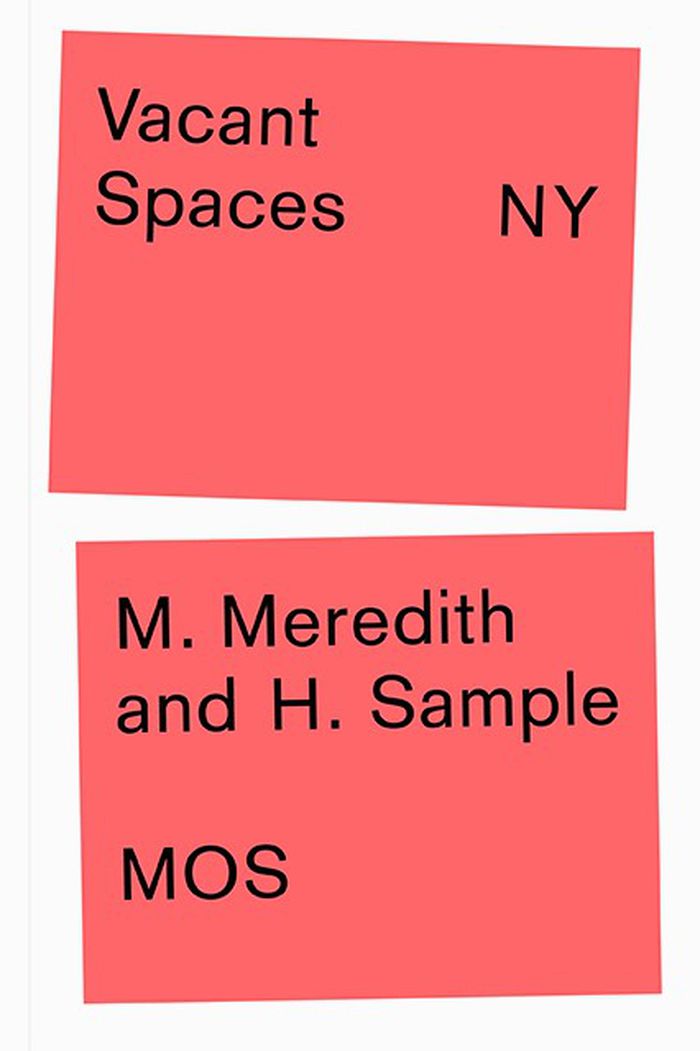$120.00
(disponible sur commande)
Résumé:
Architects draw buildings, and the buildings they draw are usually populated by representations of the human figure — drawn, copied, collaged, or inserted — most often to suggest scale. It is impossible to represent architecture without representing the human form. This book collects more than 1,000 scale figures by 250 architects but presents them in a completely(...)
Architecture contemporaine
janvier 2019
An unfinished encyclopedia of scale figures without architecture
Actions:
Prix:
$120.00
(disponible sur commande)
Résumé:
Architects draw buildings, and the buildings they draw are usually populated by representations of the human figure — drawn, copied, collaged, or inserted — most often to suggest scale. It is impossible to represent architecture without representing the human form. This book collects more than 1,000 scale figures by 250 architects but presents them in a completely unexpected way: it removes them from their architectural context, displaying them on the page, buildingless, giving them lives of their own. They are presented not thematically or chronologically but encyclopedically, alphabetically by architect (Aalto to Zumthor). In serendipitous juxtapositions, the autonomous human figures appear and reappear, displaying endless variations of architecturally rendered human forms.
Architecture contemporaine
Vacant Spaces NY
$80.00
(disponible sur commande)
Résumé:
This project began by walking around our neighborhood noticing empty storefronts. Once we saw them, they were everywhere. They followed us, appearing quietly throughout New York City. Many with no signage, no “for rent,” no “coming soon.” Usually empty, sometimes dusty, sometimes with brown paper covering the glass. Now, vacancy has only increased. In the densest city in(...)
Architecture, monographies
octobre 2021
Vacant Spaces NY
Actions:
Prix:
$80.00
(disponible sur commande)
Résumé:
This project began by walking around our neighborhood noticing empty storefronts. Once we saw them, they were everywhere. They followed us, appearing quietly throughout New York City. Many with no signage, no “for rent,” no “coming soon.” Usually empty, sometimes dusty, sometimes with brown paper covering the glass. Now, vacancy has only increased. In the densest city in the United States. During a housing crisis. Throughout a pandemic. The quantity of vacant spaces is anyone’s best guess. It’s only partially documented. They hide in plain sight. This volume is organized from large to small, general to specific. It begins by looking at vacancy within the United States and continues down to each Manhattan neighborhood, where we zoom into specific vacant spaces, where we have provided as case studies that imagine some possibilities for transforming current vacant spaces into housing or social services. There is also a section on Covid 19, which infiltrated New York during our research. As a whole, this document is not meant to provide specific solutions. The data is incomplete. Case studies are limited. We are not policy experts or data analysts or urban planners. Instead, it is simply meant to show something we have taken for granted, vacant spaces, taking part in a collective process of imagining a better city.
Architecture, monographies

